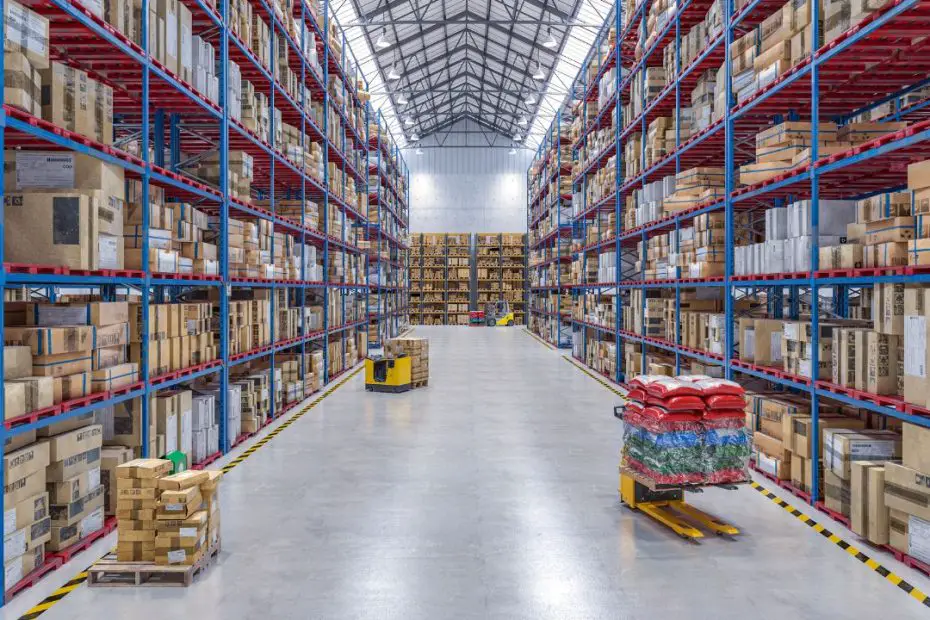Every logistics professional and warehouse operator dreams of a space that allows for easy adjustments to accommodate inventory changes, seasonal demands, and future growth. Optimizing your warehouse’s layout can help you achieve this while also helping you meet operational goals, adapt to your inventory needs, and contribute to smoother business operations. Whether you’re setting up a new warehouse or rethinking an existing space, let’s explore how to optimize your warehouse layout to set your facility up for success.
Analyze the Work Within Your Warehouse
Your first step is to conduct a comprehensive analysis of the work conducted within its walls. Start by understanding the flow of goods from when they enter your warehouse to when they leave. You’ll then want to identify key processes such as receiving, storage, picking, packing, and shipping and consider the volume of goods that move through each phase.
Pay special attention to bottleneck areas where delays tend to occur. This could be due to inefficient layout, inadequate storage solutions, or the need for process improvement. Mapping out these processes in detail will help you craft a clearer picture of your warehouse’s operational flow.
Utilize Vertical Space
Think of your warehouse as not just a floor plan but a volume plan. The type of organizational system you choose can significantly impact not only the layout of your warehouse but also how many goods you can store overall.
For example, pallet racking has significant advantages over traditional floor stacking, as pallet racks let you safely and efficiently use vertical space all the way up to your ceiling. You may also want to consider investing in equipment such as forklifts or stacker lifts to access these higher shelves safely and efficiently.
Implement an Efficient Slotting System
Implementing an efficient slotting system is about smartly positioning your inventory in the warehouse to minimize picking time and enhance overall efficiency. You’ll want to start by categorizing your products based on their picking frequency. Frequently ordered items should be closer to the packing and shipping areas to reduce travel time.
It’s also wise to consider the physical characteristics of items, such as size, weight, and handling requirements, when deciding their location. For instance, heavy or bulky items should be stored in a way that minimizes the effort required to move them. Additionally, seasonality should influence your slotting strategy, with seasonal products being more accessible during their peak times.
Ensure Aisles and Pathways Are Wide Enough for Equipment
Ensuring aisles and pathways within your warehouse are wide enough for your equipment is crucial for maintaining a fluid operation and adhering to safety standards. Think about the machinery you use and their size, turning radius, as well as the space needed for safe operation.
This will help you set the guidelines for the width of your isles. Too narrow aisles can lead to bottlenecks, accidents, and decreased efficiency, whereas aisles that are wider than necessary can waste valuable space. Finding the perfect balance requires a deep understanding of your equipment and operational needs.
Ultimately, optimizing the layout of your warehouse is less of a one-time fix and more of a continual process of improvement and adaptation. By following these tips, you’re not just rearranging shelves and products; you’re strategically positioning your warehouse for smoother operations, happier employees, and a more prosperous business.

